Home>Garden Essentials>How Long After Planting Grass Seed Can You Walk On It
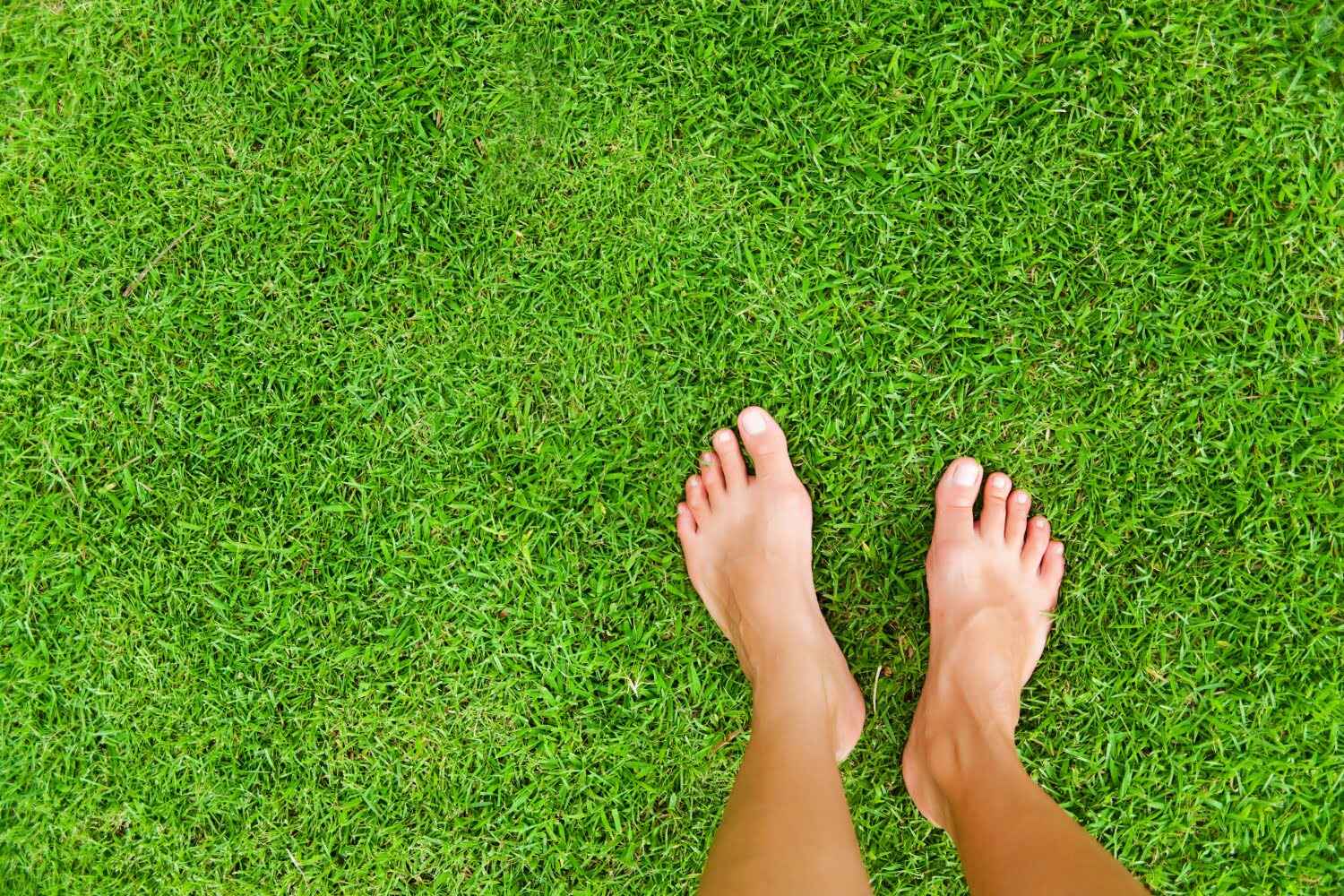

Garden Essentials
How Long After Planting Grass Seed Can You Walk On It
Modified: September 2, 2024
Discover how long it takes for grass seed to grow in your garden and when it's safe to walk on with this helpful guide.
(Many of the links in this article redirect to a specific reviewed product. Your purchase of these products through affiliate links helps to generate commission for Storables.com, at no extra cost. Learn more)
Introduction
Planting grass seed is an exciting and rewarding process that can transform your lawn into a lush green oasis. However, one common concern many homeowners have is when it is safe to walk on newly planted grass seed. Walking on freshly seeded areas too soon can damage the delicate seedlings and disrupt the germination process. Understanding the factors that affect grass seed germination and having a timeline for when it is safe to walk on the newly seeded lawn is crucial to ensure a successful establishment of your grass.
There are several factors that contribute to the germination and growth of grass seed. These include the type of grass seed, soil conditions, moisture levels, and temperature. Each of these factors plays an important role in determining how quickly the grass seed will germinate and establish roots. It is important to keep these factors in mind when considering the timeline for walking on newly planted grass seed.
Key Takeaways:
- Wait for the grass seed to germinate and reach 3-4 inches in height before walking on it to avoid damaging the delicate seedlings.
- Protect newly seeded areas by creating pathways, keeping pets away, and avoiding heavy objects to ensure healthy growth and establishment.
Read more: How Long After Planting Grass To Walk On It
Factors Affecting Grass Seed Germination
Several factors can significantly impact the germination of grass seed. Understanding these factors will help you optimize your seed planting process and ensure successful germination. Here are some key factors to consider:
- Soil Conditions: The quality and condition of the soil are crucial for successful seed germination. The soil should be well-draining, loose, and free from debris. Additionally, the soil should have the right pH level suitable for the specific type of grass seed you are planting. Soil pH can be adjusted by adding lime or sulfur if needed.
- Moisture Levels: Adequate moisture is essential for seed germination. The soil should be kept consistently moist, but not waterlogged, during the germination period. Be careful not to overwater, as this can lead to fungus and rot. Water the area lightly multiple times a day to ensure the soil remains moist.
- Temperature: Grass seed germination is influenced by temperature. Different grass species have different temperature requirements for optimum germination. Generally, cool-season grasses germinate best when temperatures are in the range of 60 to 75 degrees Fahrenheit, while warm-season grasses prefer temperatures between 80 and 95 degrees Fahrenheit.
- Light: Some grass seed varieties, such as ryegrass, require sunlight for germination. These seeds should be lightly pressed into the soil, not covered, to ensure they receive adequate light. Other grass seed types, like fescue or Kentucky bluegrass, can be lightly covered with a thin layer of soil.
- Weeds and Competition: Weeds can compete with grass seed for nutrients, water, and sunlight. It is essential to remove any existing weeds or vegetation in the planting area before seeding. This can be done by hand-pulling or using an appropriate herbicide. Additionally, avoid overseeding areas where weeds are prevalent, as the grass seed may struggle to compete.
By taking these factors into account and ensuring optimal conditions for seed germination, you can significantly increase the chances of successful grass seed establishment.
Germination Timeline for Common Grass Seed Types
The timeline for grass seed germination can vary depending on the type of grass seed you are planting. Different grass species have different germination requirements and rates. Here is a general guideline for the germination timeline of common grass seed types:
- Perennial Ryegrass: Perennial ryegrass is known for its quick germination, typically taking around 5 to 10 days. This fast-establishing grass can provide a temporary green cover while other grasses in the mix take longer to germinate.
- Kentucky Bluegrass: Kentucky bluegrass is a popular cool-season grass that can take approximately 14 to 21 days to germinate. It has a slower germination rate but is known for its dense and lush growth once established.
- Fescue Grass: Fescue grass, including tall fescue and fine fescue varieties, usually takes around 7 to 14 days to germinate. It is a cool-season grass that is known for its durability and adaptability.
- Bermuda Grass: Bermuda grass is a warm-season grass that germinates relatively quickly, typically within 7 to 10 days. It thrives in warm climates and is known for its drought tolerance and rapid spreading nature.
- Zoysia Grass: Zoysia grass is a warm-season grass that germinates in approximately 14 to 21 days. It produces a dense and hardy turf once established and is suitable for areas with moderate foot traffic.
It’s important to note that these are general guidelines, and the actual germination time may vary depending on various factors such as soil conditions, temperature, moisture levels, and seed quality. Additionally, some grass seed mixes may contain a combination of different grass species, resulting in variations in germination times.
During the germination period, it’s crucial to continue providing the right conditions for the grass seed to grow, including proper watering, sunlight, and protection from foot traffic or other disturbances. Patience and consistent care are key to achieving a healthy and beautiful lawn.
Proper Care and Watering After Seeding
After seeding your lawn, it is essential to provide proper care and watering to support the germination and establishment of the grass seed. Here are some guidelines to follow:
- Watering: Watering is crucial for seed germination and early growth. It’s important to keep the soil consistently moist during the germination period. Water lightly but frequently to prevent the soil from drying out. Avoid overwatering, as it can drown the seeds or lead to fungal issues. Use a sprinkler or irrigation system to provide even coverage. Water early in the morning to allow sufficient time for the grass to dry before evening.
- Fertilization: The newly seeded lawn will benefit from a slow-release starter fertilizer. Choose a fertilizer specifically formulated for new grass establishment, as it contains essential nutrients, such as nitrogen, phosphorus, and potassium, that promote healthy growth. Follow the recommended application rates and timing provided on the fertilizer package. Remember to water the fertilizer into the soil after application.
- Mowing: It is crucial to refrain from mowing the newly seeded areas until the grass has reached a height of at least 3 to 4 inches. This can take several weeks, depending on the grass species. Once the grass has reached the recommended height, mow it to a height of about 2 to 3 inches. Ensure that your lawn mower blades are sharp and set at the appropriate height to avoid damaging the young grass seedlings.
- Weed Control: Weed competition can hinder the establishment of newly seeded grass. It’s important to keep the area free from weeds during the germination period. Hand-pull any visible weeds, being careful not to disturb the grass seedlings. Avoid using herbicides until the grass is well-established, as some herbicides can harm the young grass seedlings.
- Traffic Control: Minimize foot traffic and avoid any heavy activity on the newly seeded areas. Excessive walking or playing on the grass can damage the delicate seedlings and disrupt the germination process. Consider placing temporary barriers or signs to prevent unintentional foot traffic.
By following these care and watering guidelines, you can provide the optimal conditions for the grass seed to germinate, establish roots, and grow into a healthy lawn. Remember that consistency and patience are key during this initial stage of lawn establishment.
Wait until the grass is at least 3 inches tall before walking on it. This usually takes about 3-4 weeks after planting grass seed.
When It Is Safe to Walk on Newly Planted Grass Seed
Walking on newly planted grass seed too soon can be detrimental to its germination and growth. The delicate seedlings can easily be damaged or uprooted with any foot traffic. It is crucial to give the newly planted grass seed enough time to root and establish before walking on it. Here are some general guidelines to determine when it is safe to walk on newly planted grass seed:
- Germination Period: The first critical phase is the germination period, which varies depending on the type of grass seed. On average, it takes around 7 to 21 days for grass seed to germinate. During this time, it is important to avoid walking on the seeded area to allow the seedlings to take root and grow undisturbed.
- Visible Growth: Once the grass seed begins to germinate and you see visible growth, it is an indication that the seedlings are establishing. However, it is still advisable to wait until the grass has reached a height of at least 3 to 4 inches before walking on it. This typically takes a few weeks, depending on the grass species and growing conditions.
- Root Development: While the grass may appear tall enough to walk on, it is essential to consider the development of the root system. The roots play a vital role in anchoring the grass and providing it with necessary nutrients and water. It is recommended to wait until the roots have had sufficient time to penetrate the soil and establish a strong foundation.
- Soil Conditions: The stability of the soil is another factor to consider. If the soil is still loose and easily compacted, it is better to refrain from walking on it. Wait until the soil has firmed up and is no longer easily disrupted by foot traffic.
- Environmental Factors: Environmental conditions can also influence when it is safe to walk on newly planted grass seed. Factors such as temperature, moisture levels, and sunlight exposure can affect the growth and strength of the grass. Ensure that the grass receives proper care, including sufficient water and sunlight, to promote healthy growth before walking on it.
It’s important to note that these are general guidelines, and the actual timeframe may vary depending on various factors. The key is to give the grass seed ample time to establish and develop before subjecting it to foot traffic. Patience and proper care are essential to ensure a successful and resilient lawn.
Tips for Protecting Newly Seeded Areas
When you have just planted grass seed, it’s crucial to protect the newly seeded areas from potential damage. Protecting the fragile seedlings will ensure their healthy growth and establishment. Here are some tips to help you protect newly seeded areas:
- Establish Temporary Barriers: Consider placing temporary barriers around the newly seeded areas to prevent accidental foot traffic. This can be done using stakes and string or temporary fencing. These barriers serve as a visual reminder to avoid walking on the seeded areas.
- Use Pathways: Create designated pathways to guide foot traffic around the newly seeded areas. By redirecting people to specific paths, you can minimize the chances of trampling over the delicate seedlings. Use stepping stones or lay down temporary walkways with materials like straw or wood chips.
- Keep Pets Away: Keep pets away from the newly seeded areas. If necessary, restrict their access to the seeded sections of your lawn. Pets can unknowingly damage the seedlings by digging or running through the area. Consider using temporary fencing or pet gates to keep them away until the grass is fully established.
- Avoid Heavy Objects: Avoid placing heavy objects, such as furniture or equipment, on the newly seeded areas. The weight of these objects can crush the delicate seedlings and hinder their growth. If you need to move or store items, do so outside of the newly seeded portion of your lawn.
- Monitor and Repair: Regularly monitor the newly seeded areas for any signs of damage or disturbances. If you notice areas where the grass seedlings have been uprooted or damaged, take immediate action to repair and reseed those sections. Use a gentle touch when reseeding and ensure proper watering to encourage new growth.
- Water Carefully: When watering the newly seeded areas, be mindful of the water pressure and direction. Avoid using a strong stream of water that could dislodge the seedlings. Instead, opt for a gentle spray or misting pattern to ensure even coverage without causing any damage.
- Promote Healthy Growth: Provide proper care and maintenance to promote healthy growth of the newly seeded grass. This includes regular watering, appropriate fertilization, and maintaining ideal mowing heights. Healthy and vigorous grass is more resilient and better equipped to withstand potential damage.
By following these tips and taking the necessary precautions, you can protect your newly seeded areas and give the grass seedlings the best chance to establish and thrive. It’s important to be patient and allow the grass seed to take root before subjecting it to regular foot traffic or other potential disturbances.
Conclusion
Planting grass seed is a rewarding endeavor that can transform your lawn into a beautiful and vibrant space. However, it is important to understand the crucial steps and precautions required to ensure successful germination and establishment of the grass seed. By considering factors such as soil conditions, moisture levels, temperature, and weed control, you can create optimal conditions for seed germination. Understanding the germination timeline for different grass seed types allows you to plan and prepare accordingly, giving the seedlings ample time to take root and grow.
Proper care and watering after seeding are essential to support the growth and development of the grass seedlings. By following guidelines for watering, fertilization, mowing, weed control, and traffic control, you can provide the best conditions for the newly seeded grass to thrive. Patience is key during this period as it takes time for the grass to establish a strong root system.
It is important to be cautious and avoid walking on newly planted grass seed until it is safe to do so. The germination period, visible growth, root development, soil conditions, and environmental factors all play a role in determining when it is safe to walk on the grass. By waiting until the grass has sufficiently established itself, you can prevent damage to the seedlings and allow for a healthy and robust lawn to grow.
Finally, protecting the newly seeded areas is crucial to maintain the delicate grass seedlings. By establishing temporary barriers, using designated pathways, keeping pets away, and avoiding heavy objects, you can prevent damage and ensure the successful establishment of the newly seeded areas.
In conclusion, with proper knowledge, care, and patience, you can create a lush and vibrant lawn from grass seed. By understanding the factors that affect grass seed germination, implementing proper care and watering practices, knowing when it is safe to walk on the grass, and taking steps to protect the newly seeded areas, you can ensure the successful growth of your grass seed and enjoy a beautiful and healthy lawn for years to come.
Frequently Asked Questions about How Long After Planting Grass Seed Can You Walk On It
Was this page helpful?
At Storables.com, we guarantee accurate and reliable information. Our content, validated by Expert Board Contributors, is crafted following stringent Editorial Policies. We're committed to providing you with well-researched, expert-backed insights for all your informational needs.
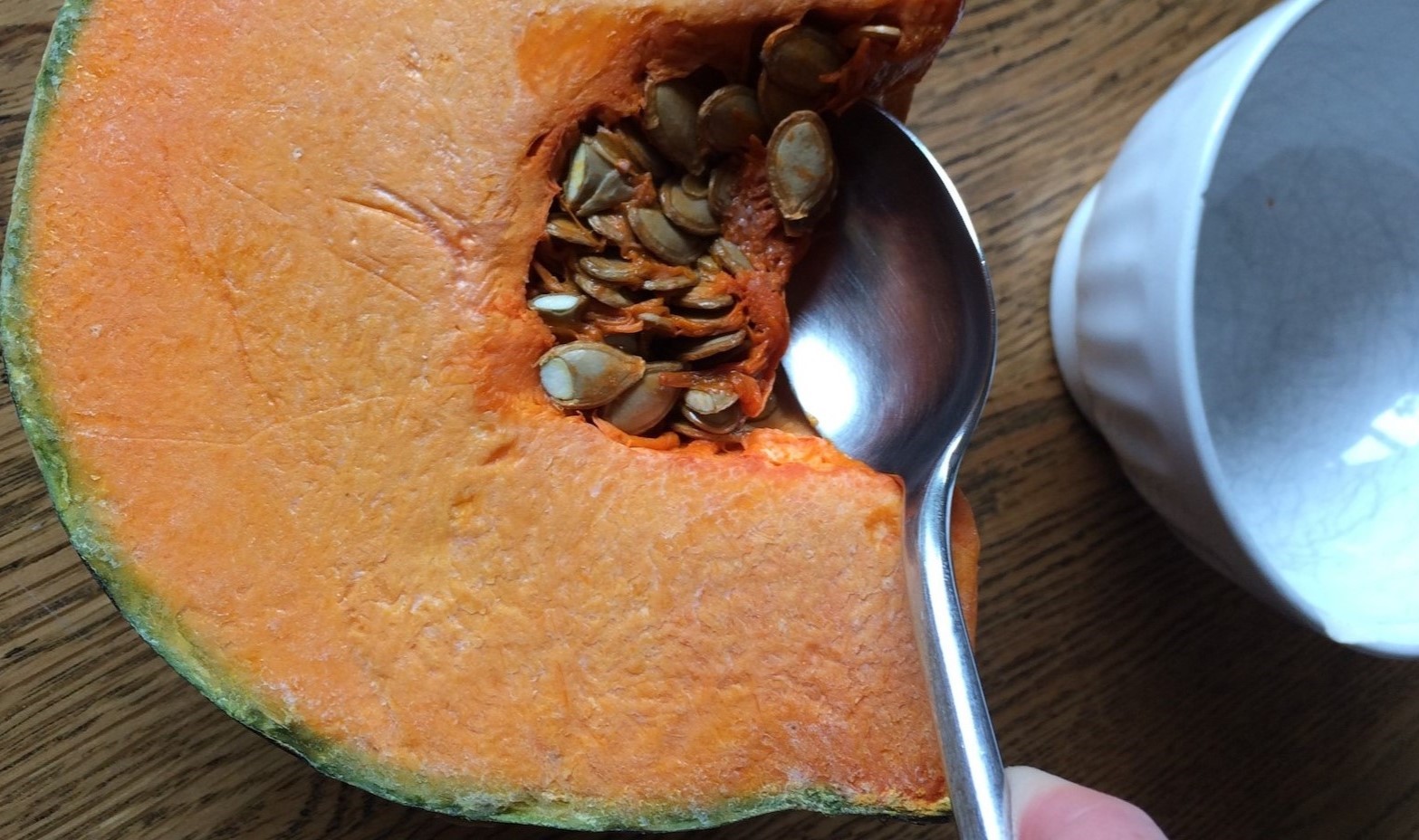
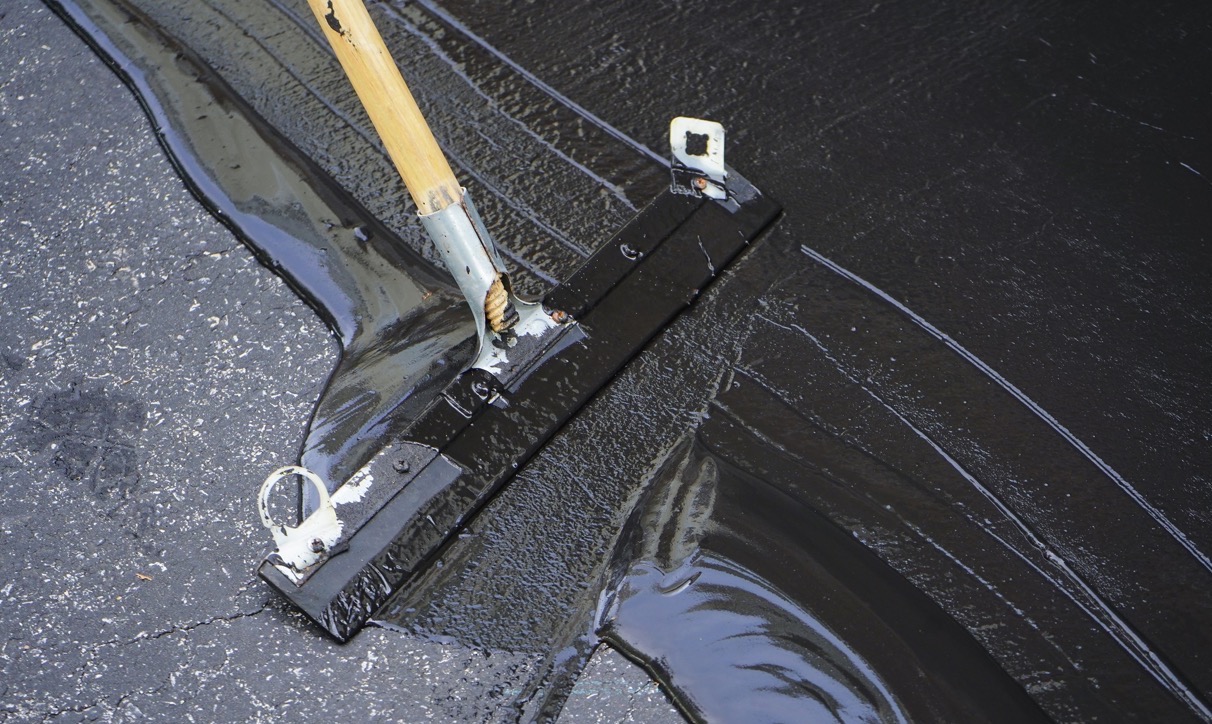
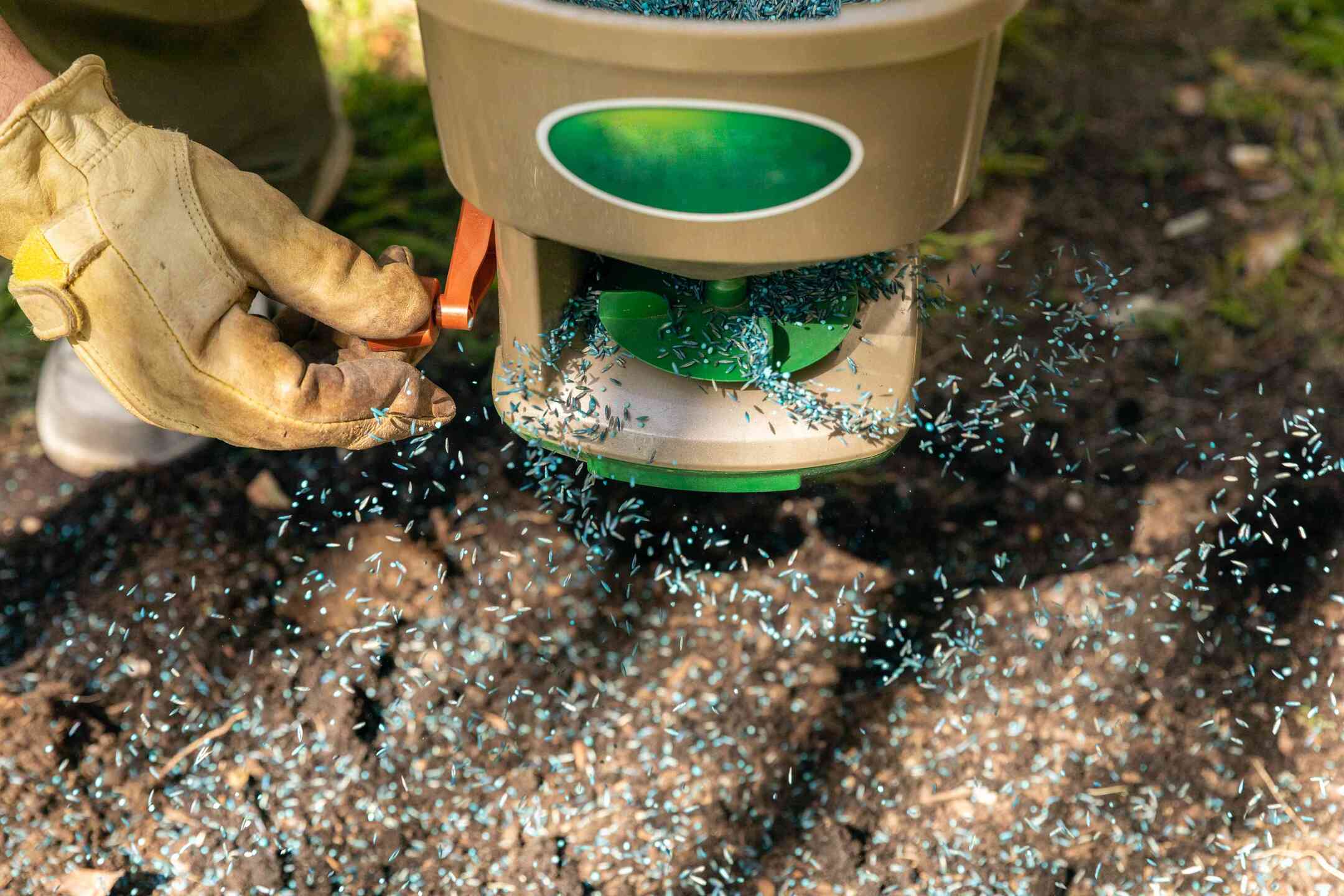
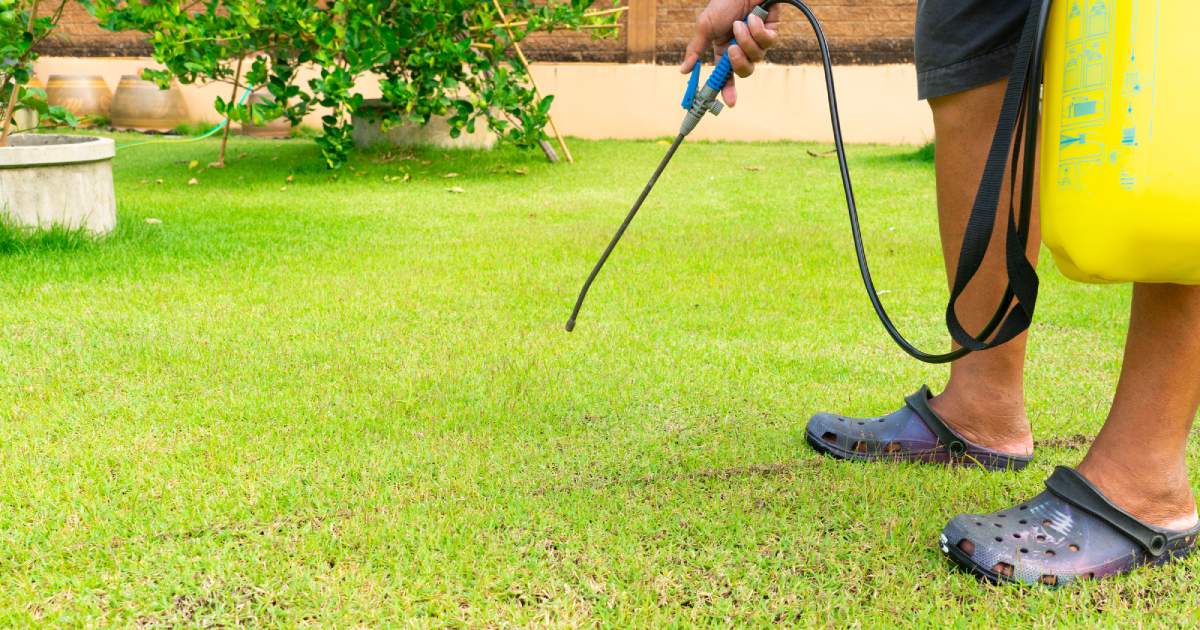
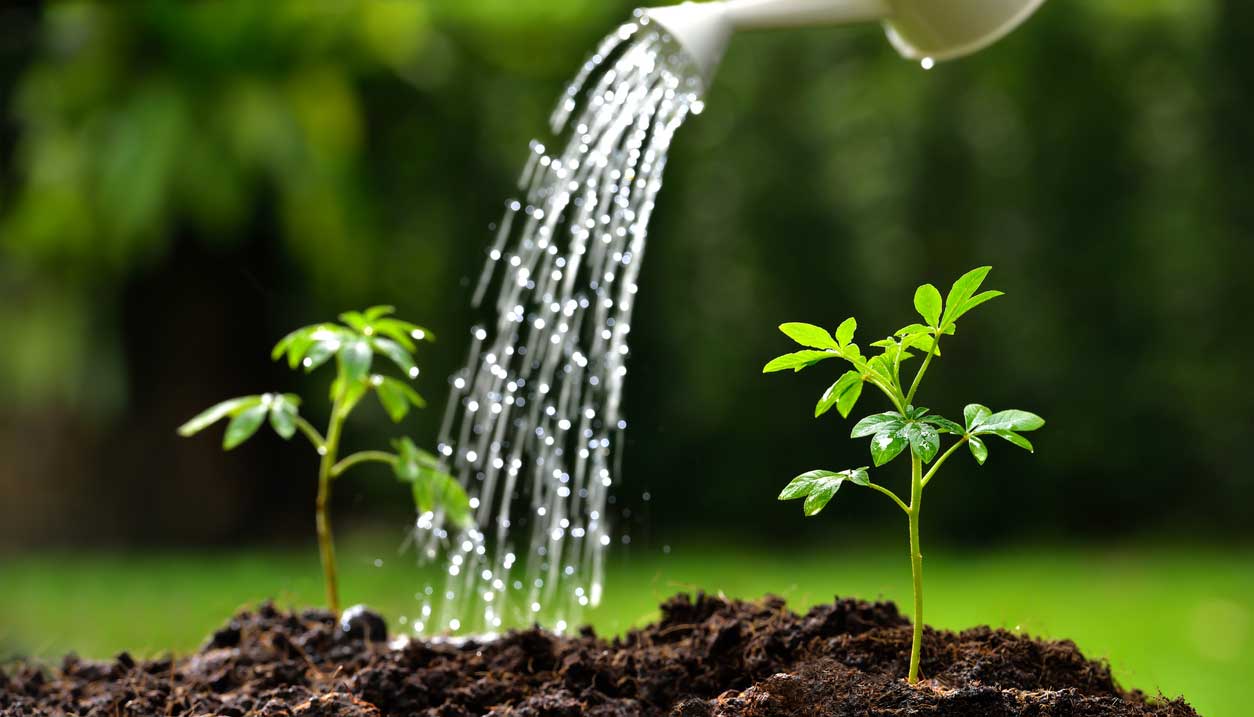
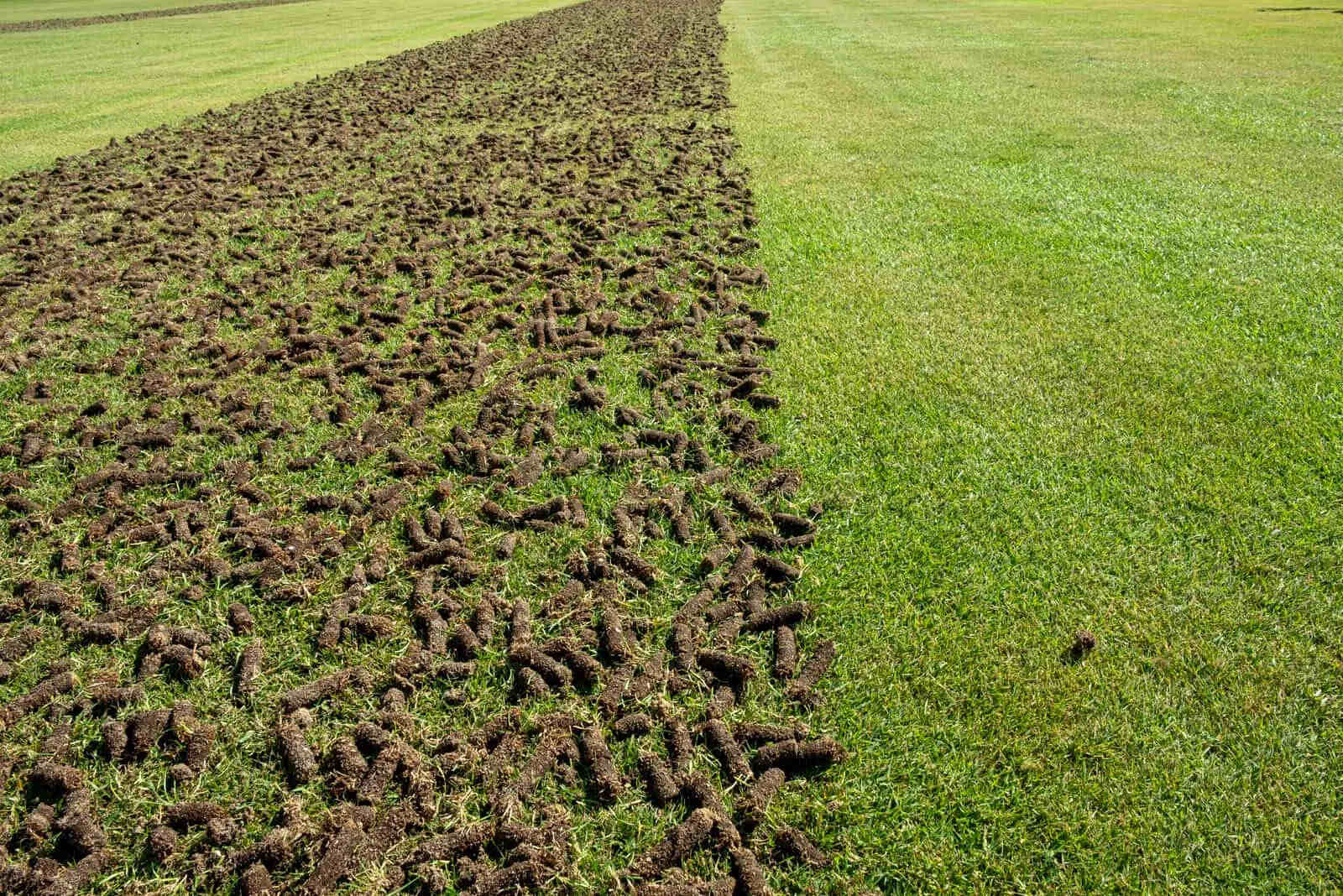
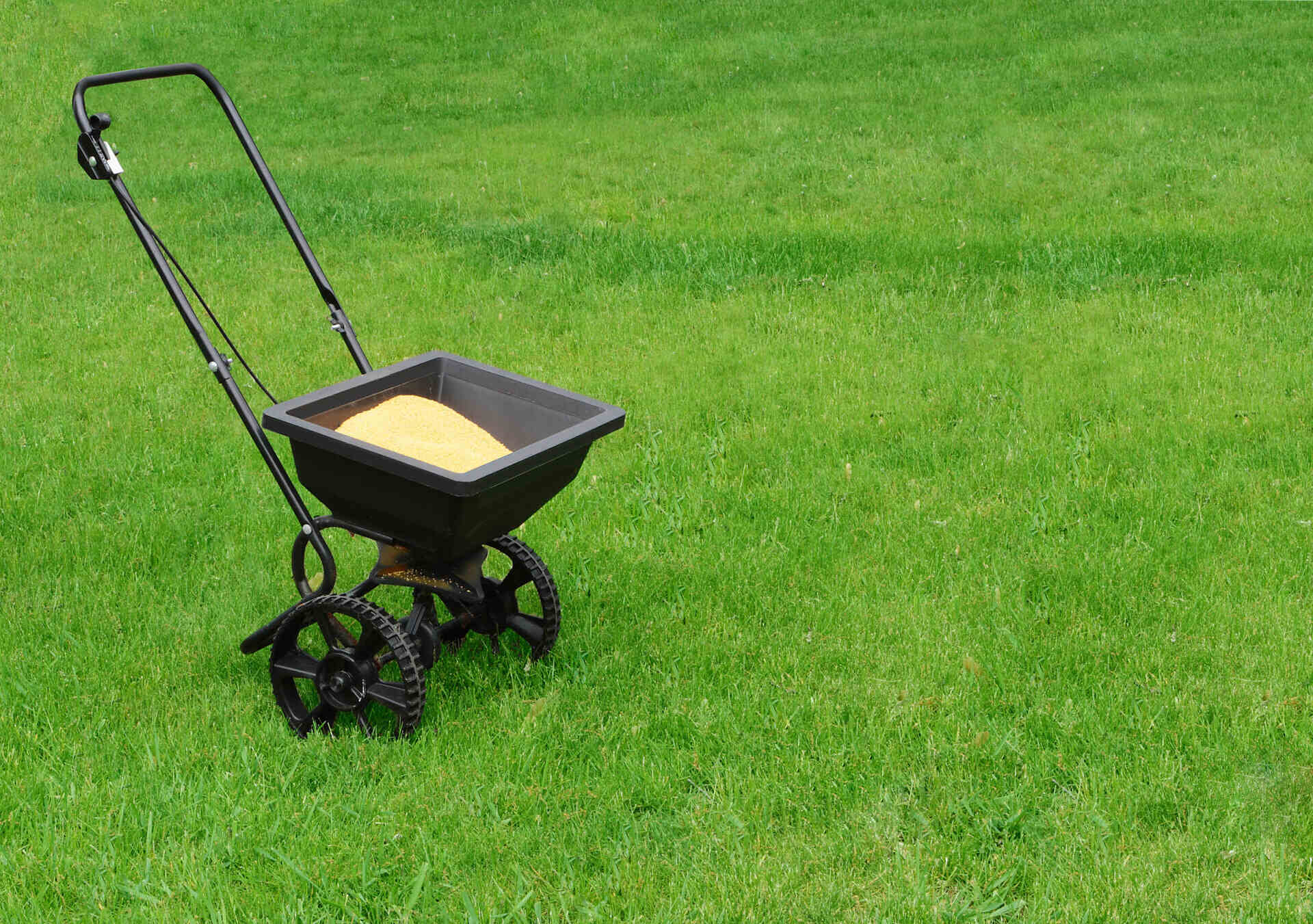
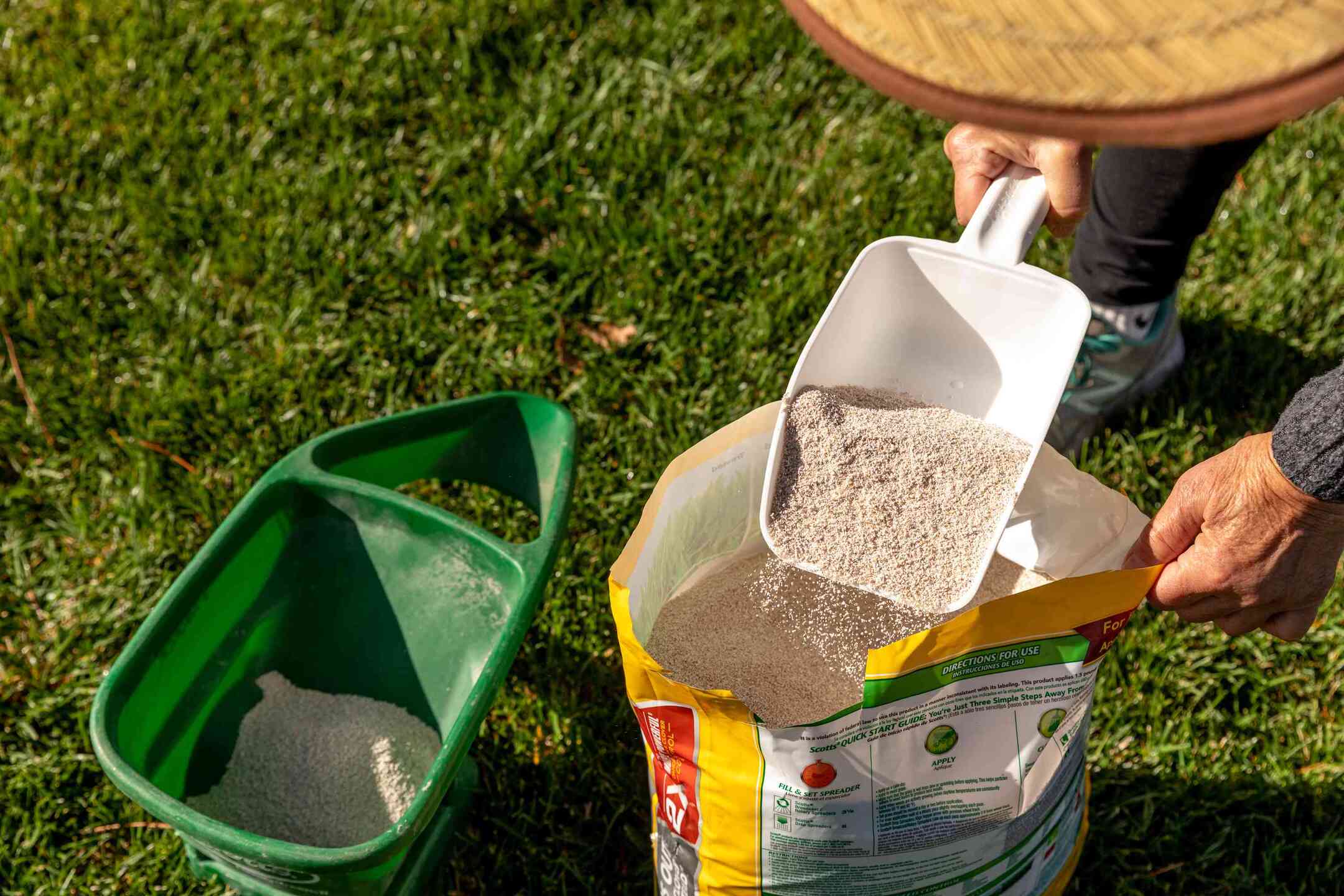
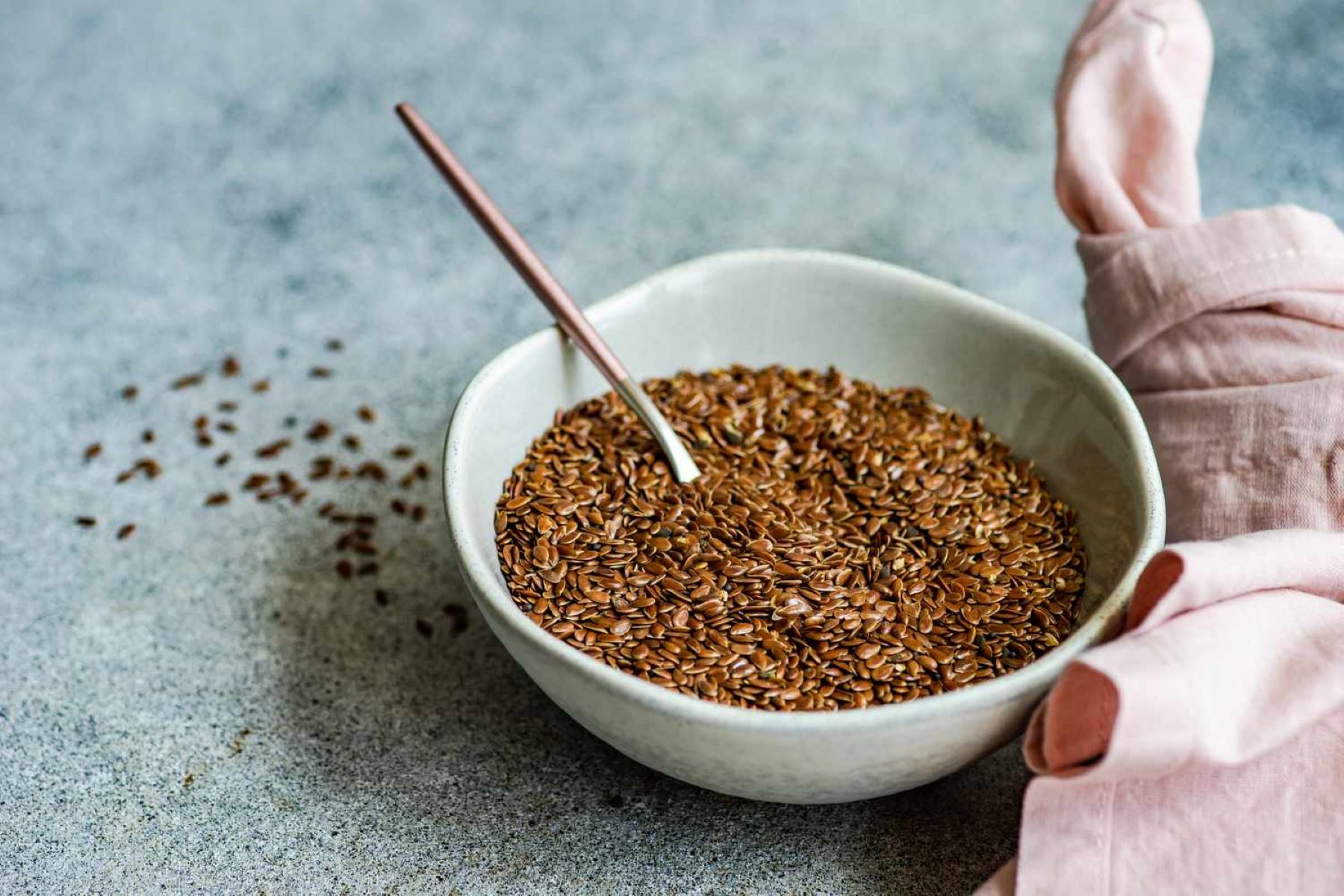


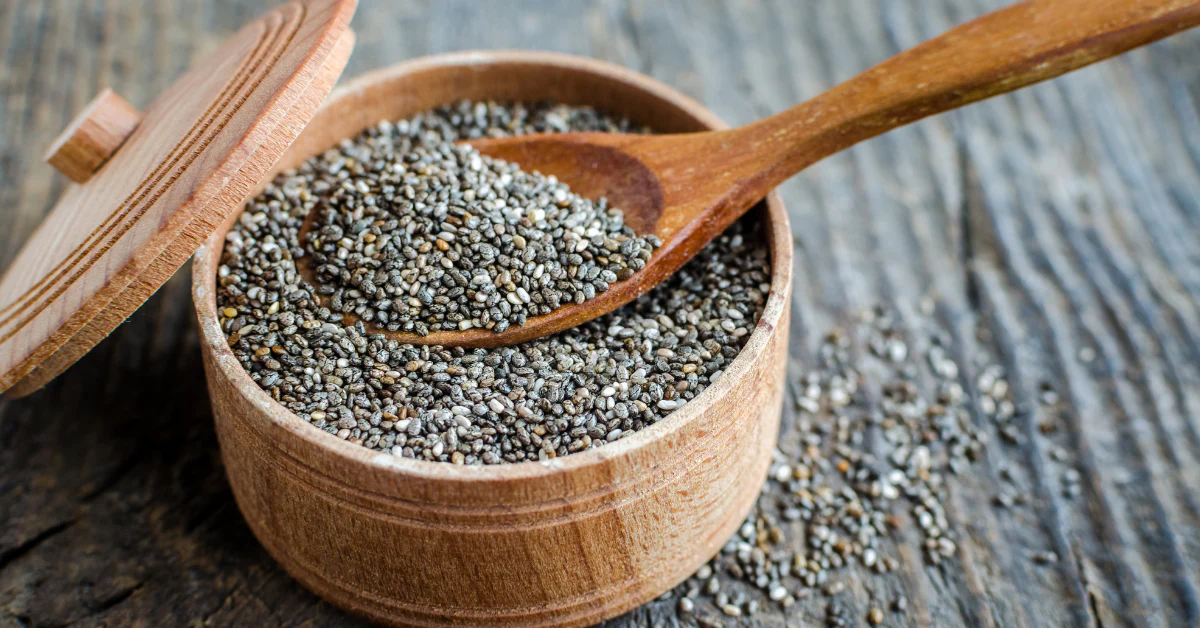
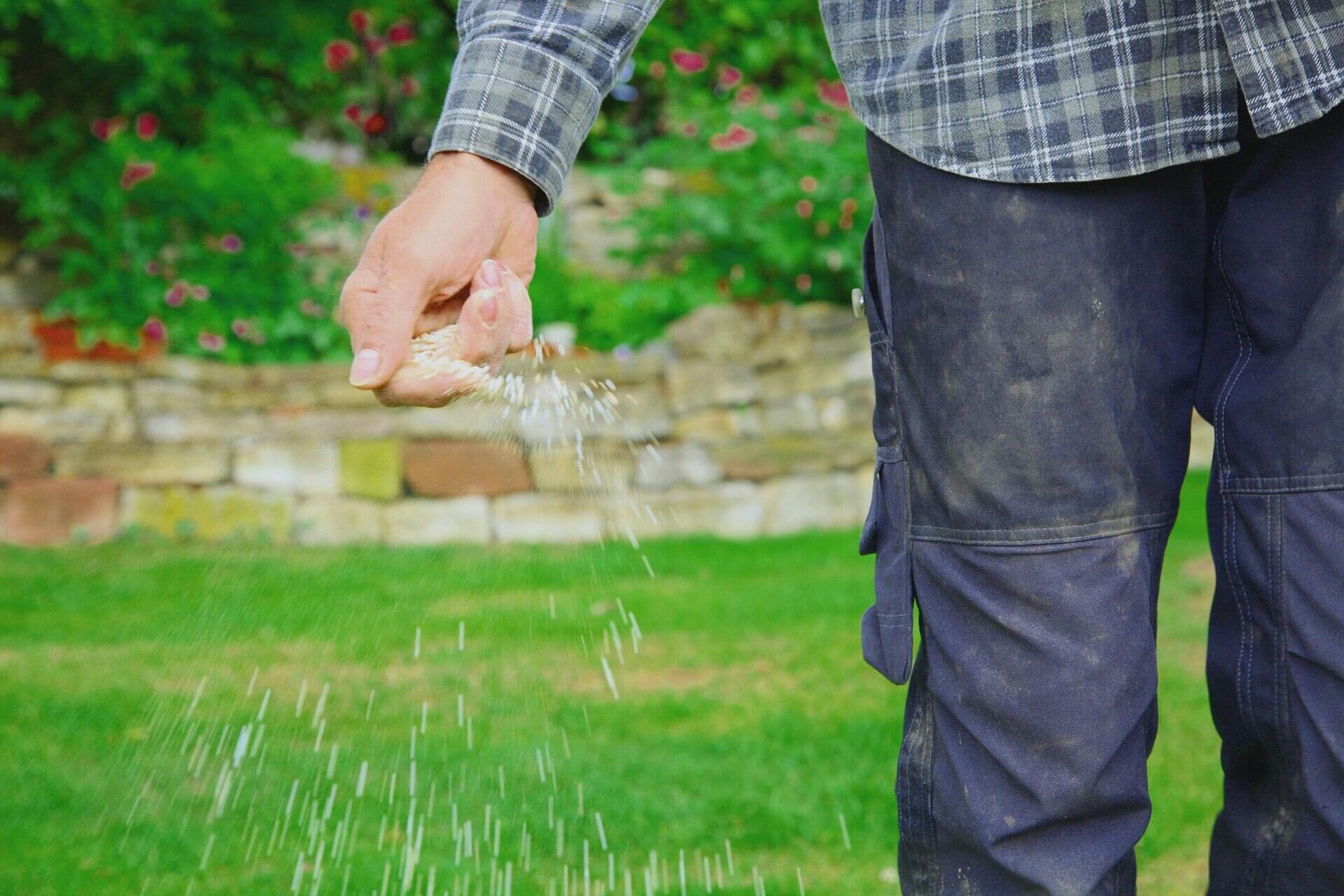
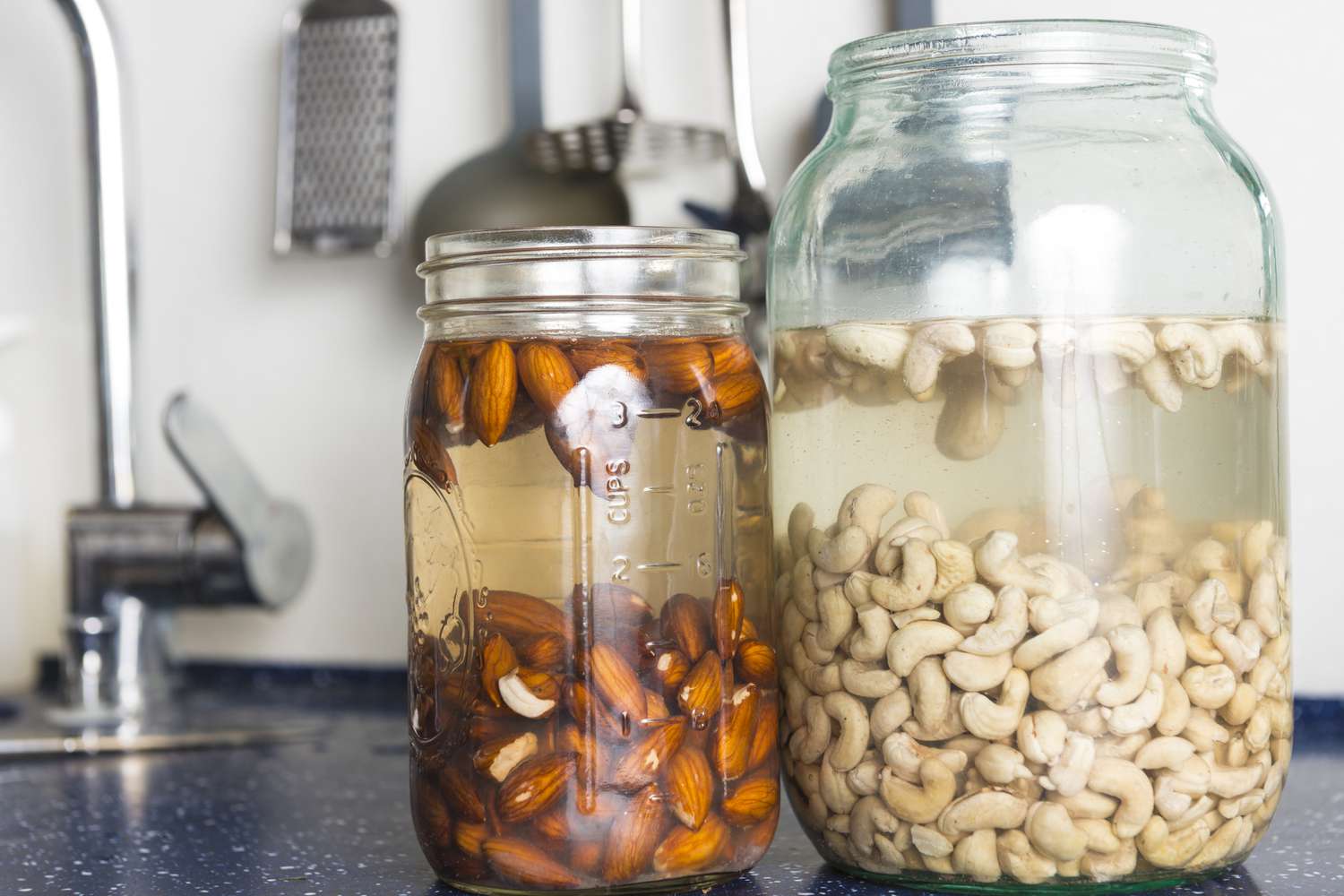

0 thoughts on “How Long After Planting Grass Seed Can You Walk On It”